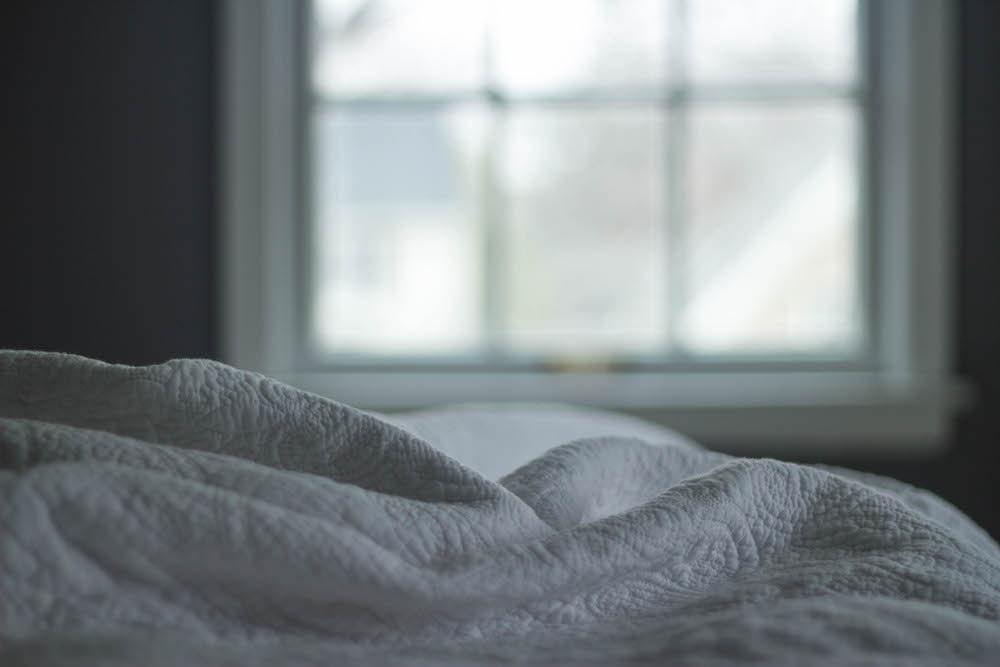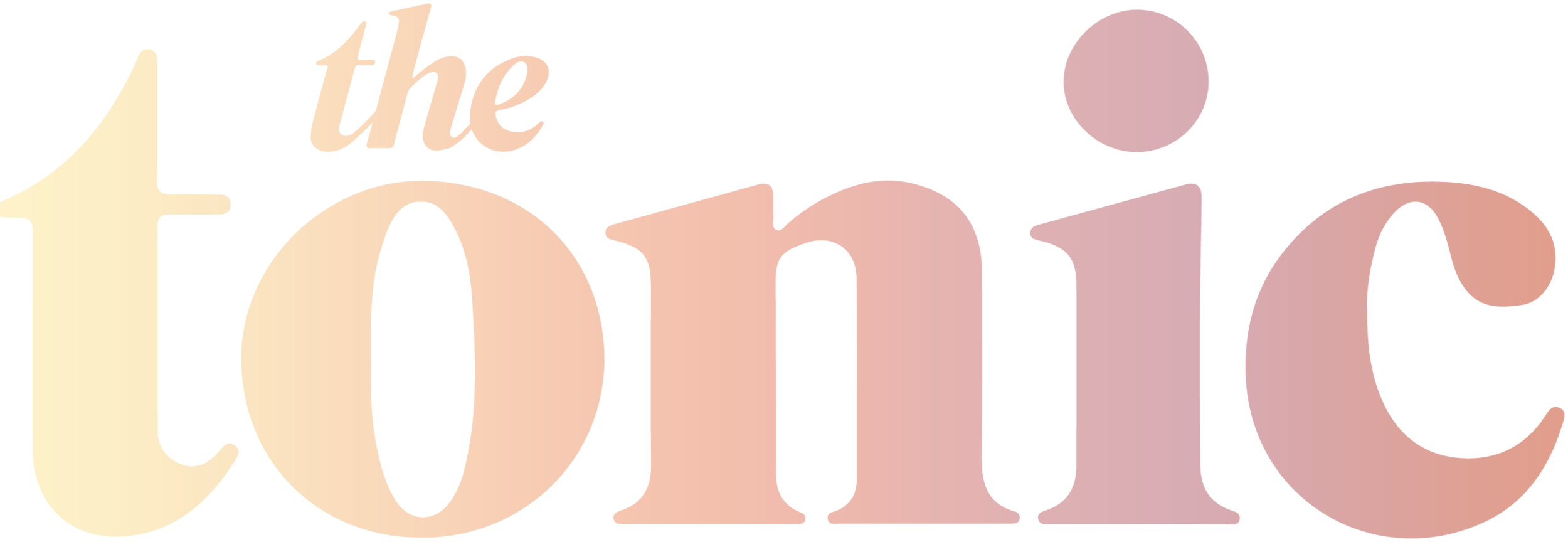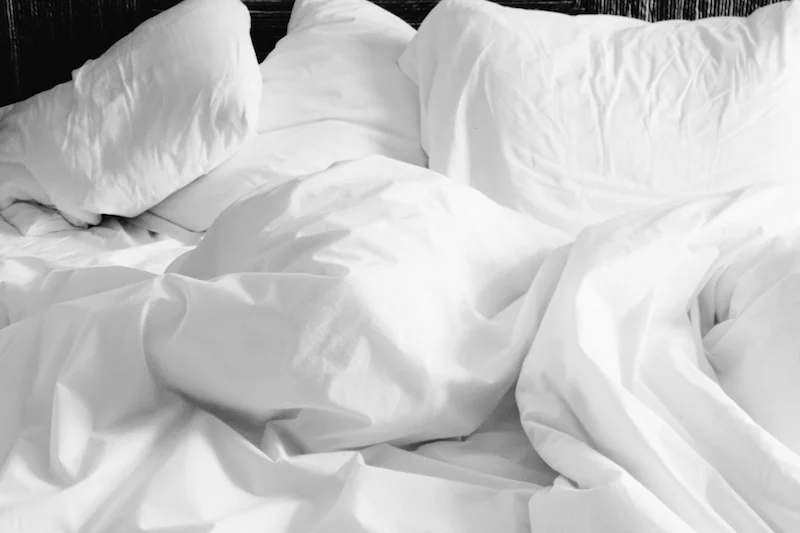Sleep mode

In a world that demands a relentless pursuit of achievement, the sweet art of doing nothing is a revolutionary pursuit. We are working longer hours and there is less delineation between personal and professional time, our devices keep us plugged in always. We are always on.
I wrote about this previously, “At work it is an annoying inheritance from that American approach to entrepreneurial life (‘always on’), and at home it is a giant impediment to creating time for oneself, or just to be quiet.” There are many of us that have forgotten how to switch off, how to recover, and rest. It is odd that just sitting can now seem like an alien behavior, but it is what it is, and all it means is that, like any workout or practice, we’ve got to re-learn how to rest, and how to be still. In fact, stillness has long been regarded, even in the earliest recorded meditative traditions, as one of the most difficult things to master, but it is harder still today when the pace of life has sped up to something else altogether.
In yoga, savasana is the necessary conclusion to asana practice and movement, a time for assimilation, when stillness allows the body to make sense of the energetic shifts that have preceded it. In your day it is sleep, a cycle that begins and ends when your head hits the pillow and you slide into the other world, of restoration and repair. It is why the term ‘beauty sleep’ exists, and why sleep is so essential when unwell. When you sleep deeply (which is how you should be sleeping) there is subtle repair on other realms as well, namely the sorting of your subconscious burdens and preoccupations.
One full cycle of sleep lasts 90 minutes (or thereabouts), so if you’re sleeping enough, you have five full cycles of repair each night. Getting a good night’s sleep is, when all is in balance, not something you need to think about. Unfortunately, it is something we’re thinking, and talking, about a fair bit these days. Even if you are in bed for eight hours, are you experiencing optimal, uninterrupted sleep? Do you wake up refreshed? Studies show that it isn’t the hours of sleep you’re getting as much as the quality of the sleep. Every aspect of our mental, emotional, and physical health is affected by this. Deep rest is essential for deep healing, and to be your most energized and vital self, which is why creating a routine (and environment) that supports restorative sleep is a key component in looking and feeling your best.
“Stillness allows the body to make sense of the energetic shifts that precede it.”
Here’s an A-Z primer to your best night’s rest yet.
A is for Alarm
We have a clock, an actual physical clock, in our bedroom so that there isn’t any need to pick up and illuminate my phone every time we want to check the time. This is a small (but essential) part of making your bedroom a place that encourages rest.
B is for Banana
Bananas are rich in magnesium, potassium, and tryptophan, which converts into serotonin and melatonin (i.e. the brain’s calming hormones). Eat one every day, or half if you wake up at night and are unable to fall back asleep.
C is for Comfy pillow
‘nuff said really. Not too hard, not too soft, not too high, and not too flat.
D is for Dark
Always sleep in a pitch-black room. Get blackout curtains if you have you, but make it as dark as you can manage. If you live in a city, you need to do this, and make sure you cover all our LEDs and charging point blinkers with black electrical tape.
E is for Eliminate
i.e. these are the things you need to not do, like LIMIT YOUR CAFFEINE INTAKE. Caffeine is highly stimulating to the nervous system and overconsumption increases cortisol and adrenalin production. If you must, drink your caffeine in the first half of the day so your body has enough time to metabolise it.
F is for Footrub
There are nearly 15,000 nerve endings in your feet, which is why a little bedtime foot massage (self-administered or otherwise) will help you unwind. If you wear socks at night, try rubbing a little castor oil onto the soles of your feet and between your toes before putting on your cotton socks. If you don’t like the stickiness, just go deep with regular body butter.
G is for GABA receptors
If you’re prone to anxiety try a natural adaptogen like Ashwagandha (Organic India do a good one) which enhances serotonin and GABA receptors in the brain, i.e. inhibits the signals present under a stress response in the brain, helping quell your anxiety
H is for Hot bath
Soak in a hot bath or have a steamy shower before bed. Make it a whole routine if you really struggle with falling asleep. Sip a cup of chamomile tea, rub some lavender oil on your feet and wrists, and then settle into bed.
I is for Instagram
We don’t have a television in our bedroom (and never will) but there is definitely Instagram. Too much visual stimulation interferes with your body’s ability to switch off. Rather than falling into the bottomless scroll, put down your devices before you get into bed. Not always easy but worth trying at least a couple of nights a week.
J is for Journal
This is for the people who can’t switch their minds off, or find their thoughts racing when they switch off the lights. Try doing a stream of consciousness brain dump before bed, i.e. grab a pen and notepad, and just scribble…whatever. Whatever you’re thinking about, or worrying about. Don’t bother about punctuation, or spelling, or tidiness. And when you’re done, crumple up that sheet of paper and bin it. Erotica writer Anaïs Nin did this, saying “It was while writing a diary that I discovered how to capture the living moments.” Hey if it’s good enough for Nin…
K is for Kill the blue light
File this one under ‘Instagram’ as well. The artificial blue light that all your devices emit triggers your body to produce more cortisol, and fucks with your body’s natural circadian rhythms that tell it when to start unwinding. Programs like flux are fantastic ways to protect yourself from too much screen time, but ideally just shut off your electronics a couple of hours (and at least 60 mins) before you get into bed. This is probably the one shift that will improve your sleep quality almost immediately.
L is for Lighting
Light and darkness are intrinsically connected to our circadian rhythm. Dimming the lights signals to our mind and body that rest is near.
M for Mattress
When we moved in we invested in a good mattress, which I recommend to everybody. You’re going to spend a third of your life on that thing, it’s worth it.
N is for Netflix.
(See ‘I’ or ‘K’.)
O is for Oils
Aromatherapy oils like chamomile, juniper, lavender, marjoram, rose, and sandalwood all have sedative effects when inhaled. Rub a little bit on the insides of your wrists, on your temples or on the bottoms of your feet and allow the scents to carry you off to sleep.
P is for Pumpkin seeds
Also dark leafy greens, spirulina, and brazil nuts, aka foods rich in magnesium. It’s been called the anti-stress mineral, and no wonder, because magnesium quantifiably helps reduce internal stress and improve quality of sleep by helping to balance blood sugar, relax tense muscles, reducing pain, and calming the nervous system.
Q is for Quiet
This should go without saying, but peace and quiet are sort of essential to falling (and staying) asleep. If you live in a noisy neighbourood, or if your local dogs are prone to 4am howlathons (hi gang), you might want to consider a white noise machine, or just ensuring your windows are well-sealed.
R is for Routine
Get into the routine of going to sleep and waking up at the same time. It doesn’t have to be seven days a week, but just like eating well or getting into the flow of working out, consistency is key. Go to bed at, or close to, the same time every night. Work out how much sleep makes you feel best; for me it is 8 or 9 hours, so I need to be in bed around 11 each night or I don’t rise refreshed. FYI humans get the most beneficial hormonal secretions if they’re out cold by 10pm, so even if you sleep from 2am til 10am, you’ll miss that prime time when melatonin and HGH (human growth hormone) are doing their peak thang.
S is for Supplement
If a racing mind wakes you in the middle of the night, consider Valerian root, which can help calm without causing fogginess. Magnesium’s been mentioned already, but try magnesium oil topically; generous sprays of this all over the body are wonderful at helping you unwind. It can initially be slightly tingly or itchy, but you soon get used to it and the benefits outweigh this minor irritant.
T is for Thanks
Part of the reason people tend to feel uneasy or anxious at the end of the day is fixating on the things they done have, or haven’t gotten done. Flip the script. Take a few deep breaths and reflect on just a couple of things that you’re grateful for. Drawing your awareness to a sense of gratitude before bedtime sets the tone for night’s peaceful rest.
U is for Undressed
Take off anything that is restricting or uncomfortable. Wear cotton, or wear nothing.
V is for Vibe
Make your room a nest. If you can, although this is hard, remove all electronics from the bedroom. If you need an alarm, use one that is battery operated and not your phone. Keep your room cool. Have an air purifier or a couple of plants in there. Soften the lighting with a Himalayan salt lamp. Ensure sheets are crisp and cool, and your blanket soft and warm. Keep your room as dark as possible, and if you need to, use sleep mask. It should feel like a sanctuary in there, not a sanatorium.
W is for Workout
Regular exercise lengthens and deepens sleep. We’re built to move all day and to sleep when the sun goes down. Movement is necessary for connecting our body to the natural rhythms of nature, but be sure to workout at least two hours before your intended hour of sleep so as not to boost adrenalin and cortisol too close to bedtime.
X is for XXX
Having an orgasm can be a full-on sedative for most people. During orgasm both women and men release a number of sleep and mood enhancing chemicals, including norepinephrine, serotonin, oxytocin, vasopressin, and the pituitary hormone prolactin. Oxytocin triggers a cascade of internal events including the release of feel-good hormones called endorphins. This rush of endorphins and relaxing hormones helps the body ease into a deeply relaxed and sleepy state.
Y is for Yoga
Yoga doesn’t always have to be a vigorous activity (although I love that sort as well). Some of yoga’s most beneficial aspects are the more subtle shifts that bring you back into your body. Take a few minutes at the end of the day to do a few poses that will help you relax. I like putting my legs up against the wall (viparita karani) after long days running around to help drain lymph and lactic acid from the legs and decreases symptoms of fatigue. Supine spinal twists are also lovely, as is a little bit of cat-cow and happy baby.
Z is for ZZZ
Aka the seriously deep sleep that all this will result in.

